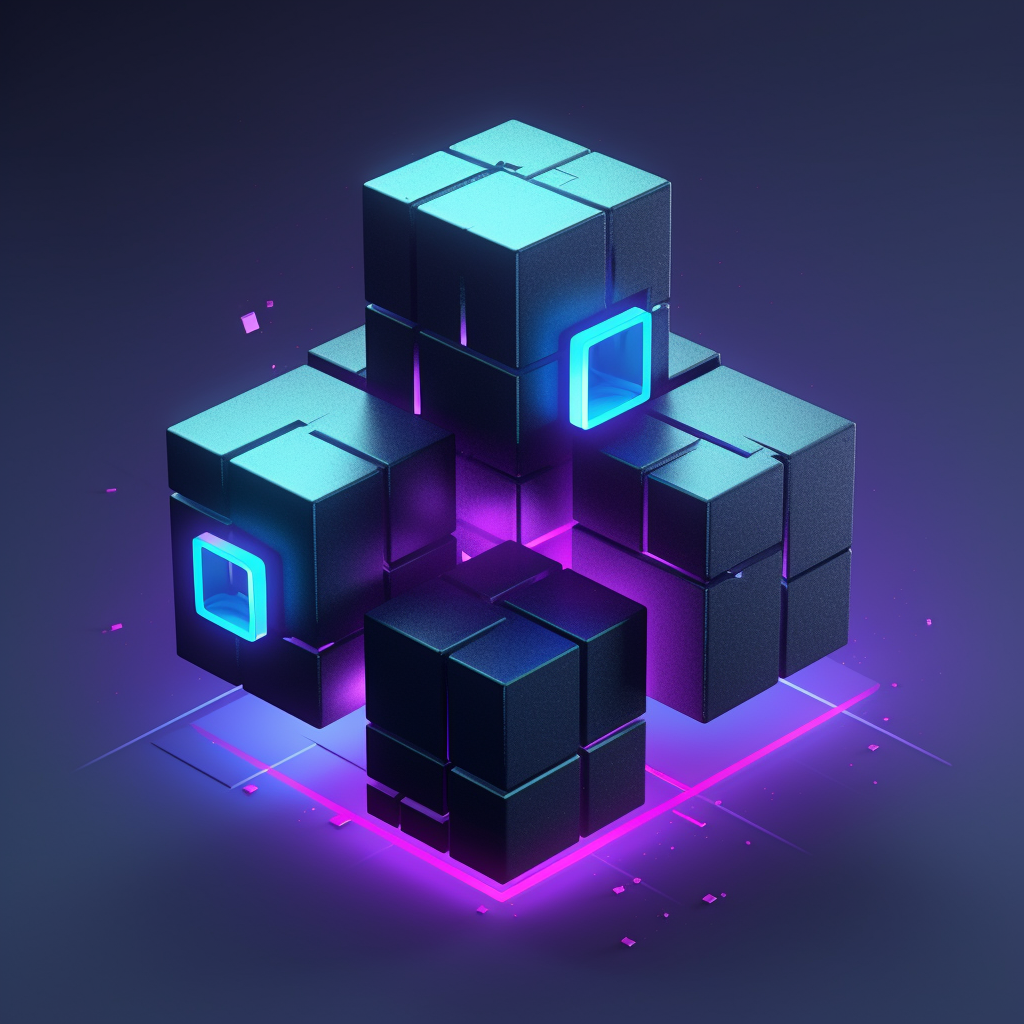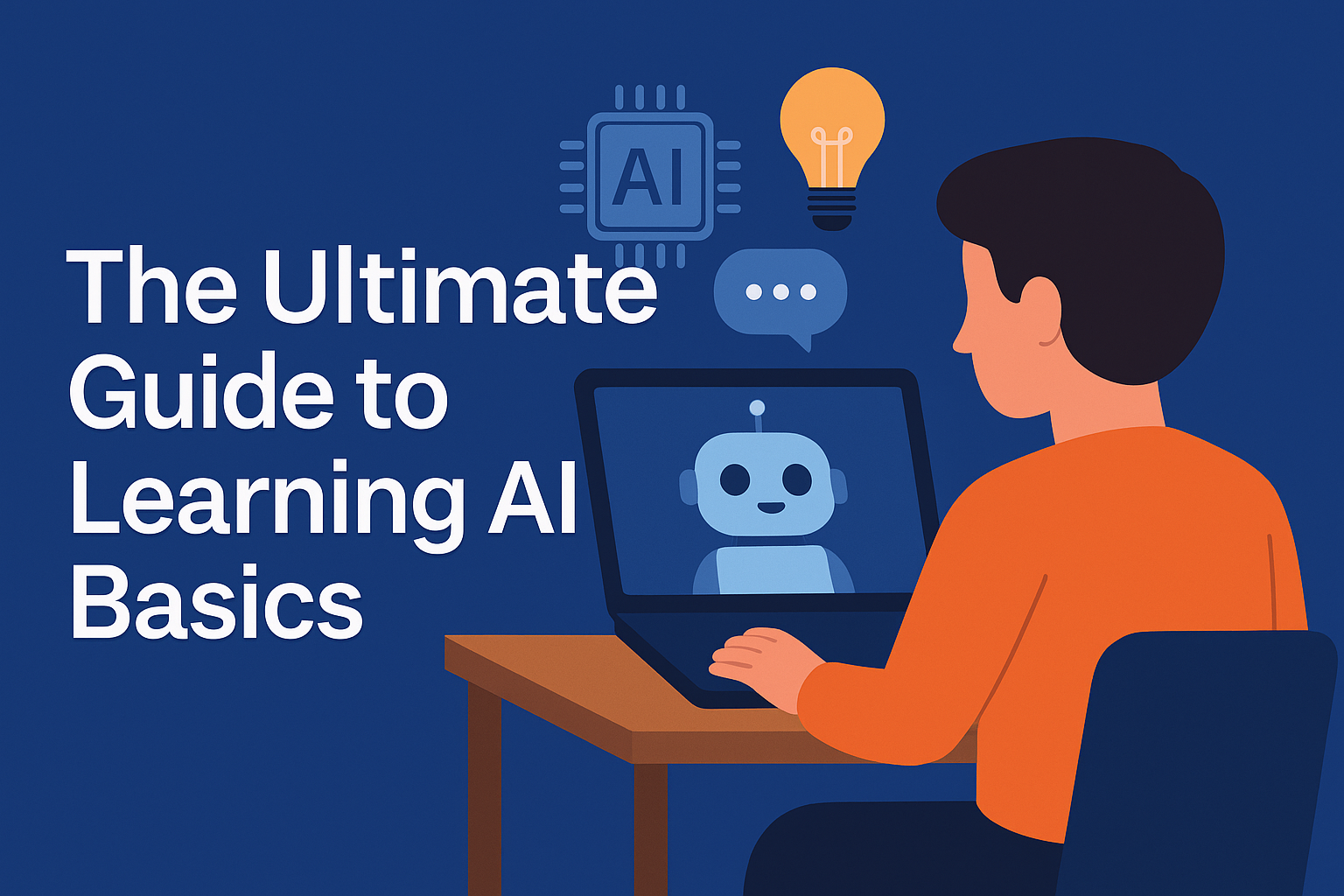If you’ve been staring at the words “Artificial Intelligence” thinking, cool, but where the hell do I start? This guide to learning AI for beginners is where that confusion ends.
Artificial Intelligence (AI) isn’t just a buzzword, it’s a transformative tool that’s reshaping how solopreneurs and small business owners operate. Yet, diving into AI can feel overwhelming, especially with the flood of technical jargon and complex concepts. This guide is designed to demystify AI, breaking down the basics into digestible insights that you can apply to your business today.
No tech degree. No deep dive into scary algorithms. Just straight-up info to help you understand what AI is, how it works, and how you can use it in your solo business or creative hustle.
Let’s break it down.
What Is AI, Really?
AI (Artificial Intelligence) is when a machine or software is able to do something that normally requires human brainpower. Think recognizing speech, solving problems, giving recommendations, or generating content.
It powers stuff you already use, like voice assistants, Netflix suggestions, and those chatbots that answer questions on websites.
If you’ve ever asked Alexa to play music, used Google Maps to avoid traffic, or gotten a scarily accurate product recommendation from Amazon, congrats, you’ve used AI. It’s not some robot takeover. It’s pattern recognition with math, baked into stuff you already use.
At its core, AI is about learning patterns and making decisions based on data. And no, it’s not magic. It’s math. Just… a lot of it. But you don’t need to know math to use AI.
Why should you care?
If you’re a solopreneur, freelancer, or one-person show trying to run your business without cloning yourself, AI can seriously help.
Let’s say you’re building a digital product. You can use ChatGPT to outline the content, Canva’s AI features to design your PDF, and Payhip to handle sales, all without hiring anyone. That’s real power when you’re doing it all solo.
Here’s what it can do for you right now:
- Save time by automating repetitive stuff like writing captions, replying to common emails, or scheduling posts.
- Speed up content creation: Generate blog outlines, social media posts, or product descriptions quickly.
- Help you make smarter decisions by giving you insights about your audience or your business.
- Level the playing field when you don’t have a team or a ton of time.
Where do you start?
Don’t overthink it. If you’re learning AI for beginners, start with one small thing in your life or business that takes too much time and look for a tool that helps.
Here’s a solid beginner plan:
- Learn the basics
Try something like Elements of AI, which is free and beginner-friendly. - Play with ChatGPT
Seriously. It’s one of the easiest ways to understand AI fast. Ask it to brainstorm blog ideas, clean up your emails, or help you outline a course. - Look at your routine
Is there anything you’re doing that’s repetitive, boring, or draining? There’s probably an AI tool that can help.
What Should I Learn First?
If you’re brand new, here’s where to start:
- Understand AI’s capabilities and limits: AI is a helper, not a replacement for your strategy or creativity.
- Learn how prompts work: The way you ask AI for help changes the quality of its output.
- Pick one task: Try using AI for something you already do, like writing emails or making graphics.
- Avoid overwhelm: Don’t try to master every tool at once. Start with one and build from there.
Don’t binge 12 new tools. Don’t try to master everything. Start with one small experiment.
Some beginner terms you’ll hear
- Machine Learning
A type of AI that “learns” from data. The more info you give it, the better it gets. - NLP (Natural Language Processing)
This is what helps AI understand human language, like when ChatGPT responds in normal English instead of robot gibberish. - Neural Networks
Inspired by the human brain. Basically, this is the system that helps some AI get scary good at things like writing, translating, or even generating art.
You don’t have to memorize these. Just be familiar so you’re not totally lost when you hear them.
Common Mistakes Beginners Make with AI
- Thinking AI replaces creativity (it doesn’t—it supports it). AI can assist with creative tasks, but human ingenuity and strategic thinking remain essential.
- Copy/pasting AI content without editing (big yikes). AI-generated content often needs refinement, fact-checking, and personalization to align with your brand voice and accuracy standards.
- Using too many tools at once and getting overwhelmed. Stick to one or two tools initially to build confidence and proficiency.
- Expecting perfect answers without giving good prompts. The quality of AI output is directly related to the quality of your input.
How can you use AI right now?
Here are three easy ways to dip your toe in:
- Write social media posts or blog outlines with ChatGPT. This can significantly cut down on the time spent on content ideation and drafting.
- Design digital products (like PDFs or presentations) faster using tools like Canva. Canva’s AI features can help with layout suggestions, image generation, and even content creation within your designs.
- Automate email responses or appointment reminders using AI in your inbox or CRM. Many email clients and CRM systems now incorporate AI to streamline communication and reduce manual tasks.
You don’t need to master everything. You just need to use the right tool at the right time to make your life easier. There are a ton of tools, but I’m only starting you with the well-known basics for now. We’ll talk about the other tools later.
Final Thoughts
You don’t have to “learn AI” the way you learned algebra (aka suffered through it and hoped to never see it again).
Start small. If you’re learning AI for beginners, the best move is just to get your hands dirty. Ask dumb questions. Let the tools do the heavy lifting.
Over time, it’ll go from intimidating to actually kinda fun and pretty soon, you’ll wonder how you ever worked without it.


Leave a Reply